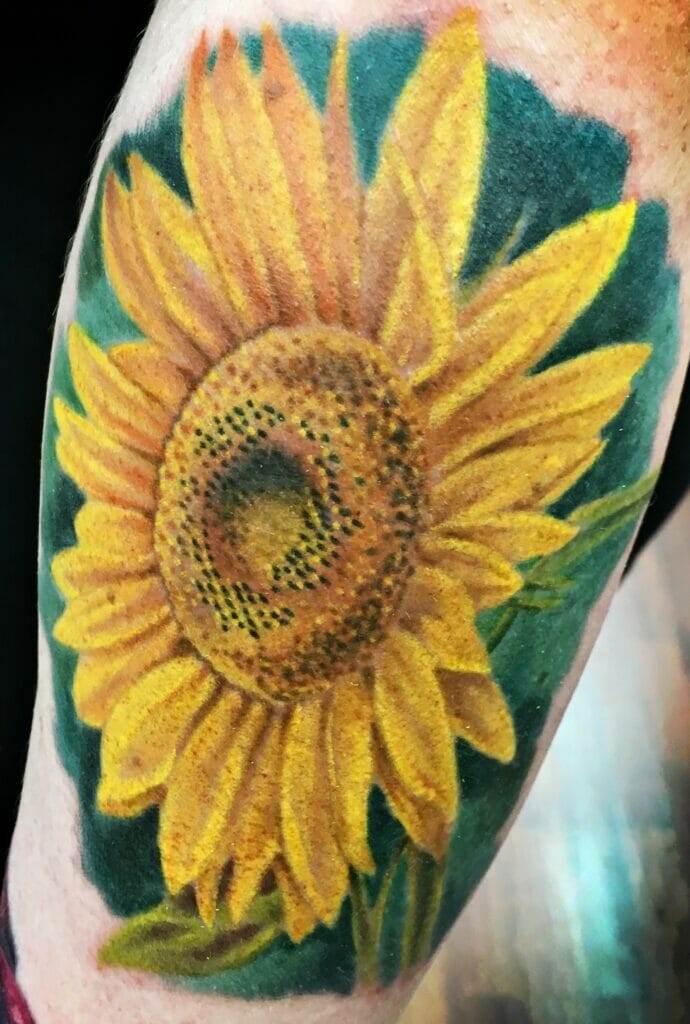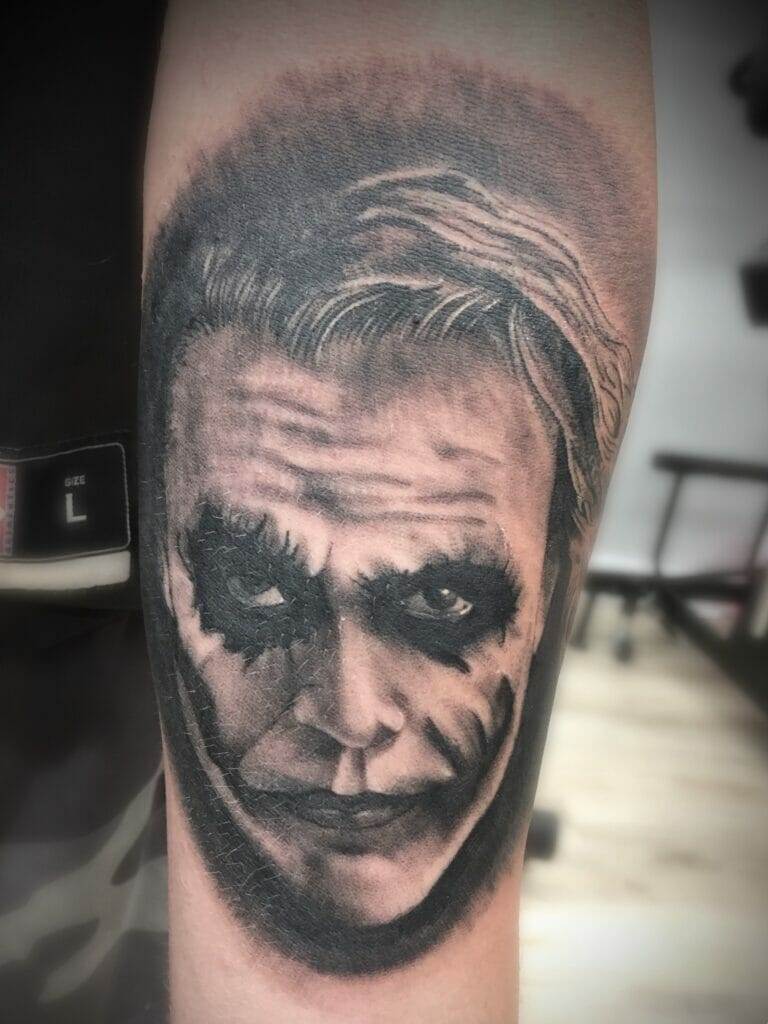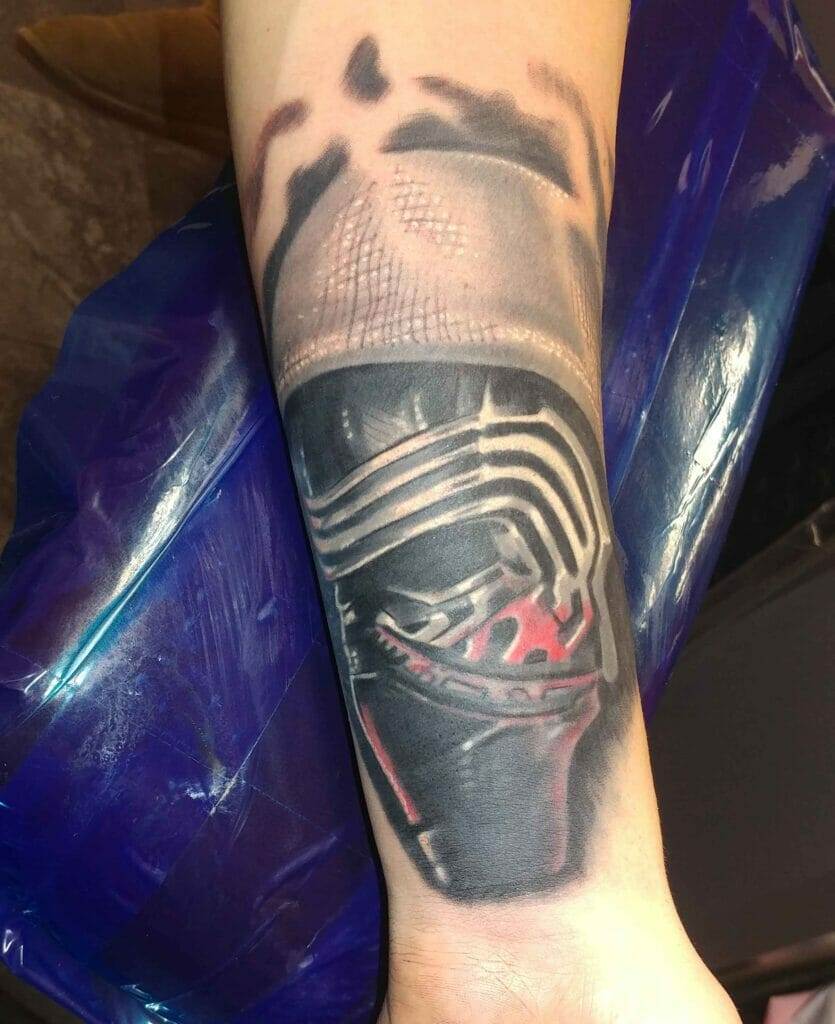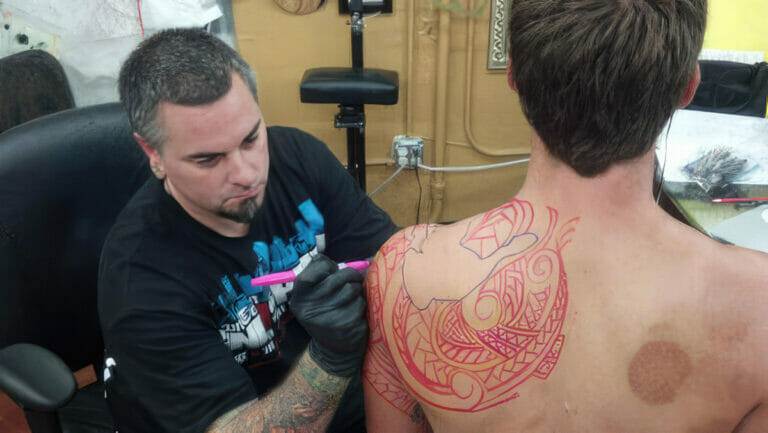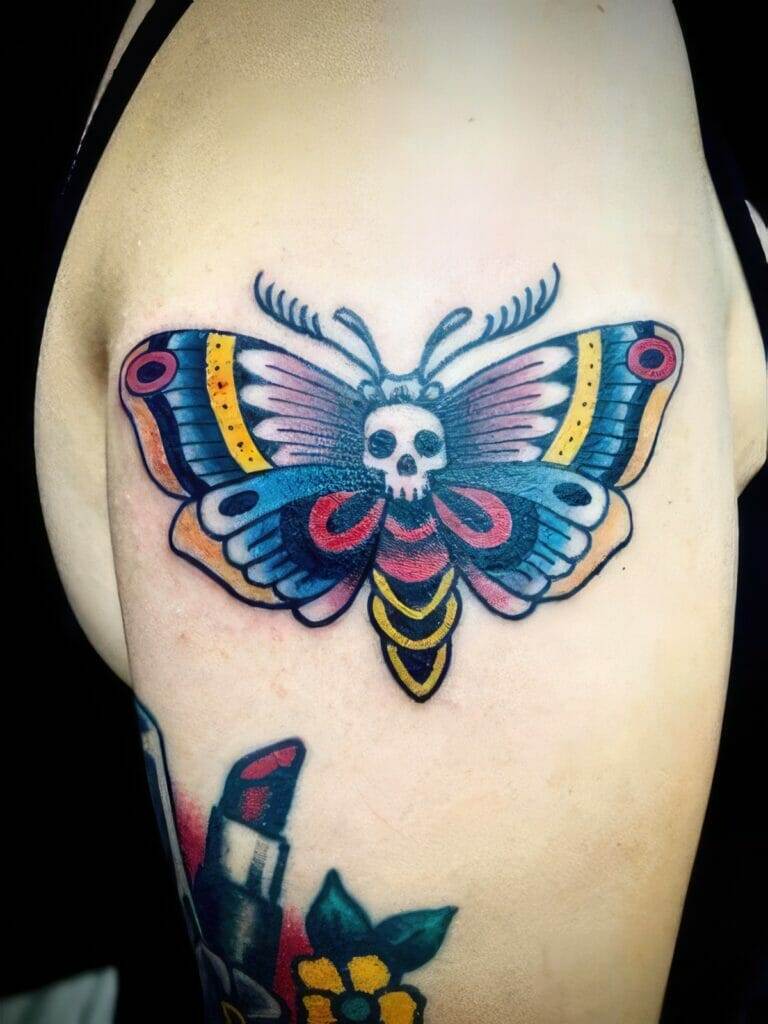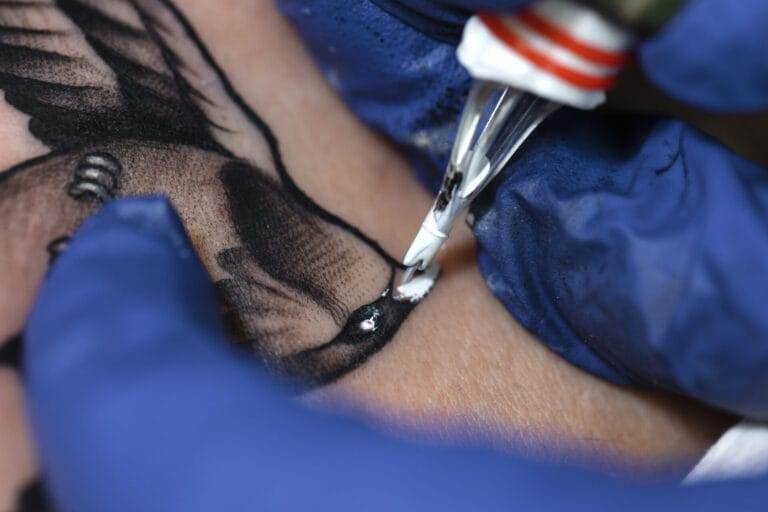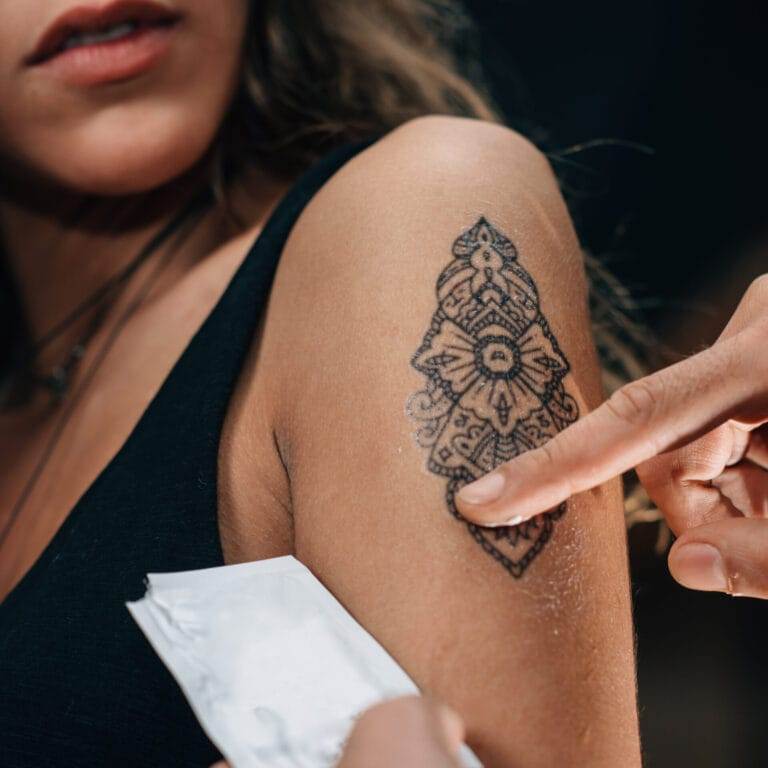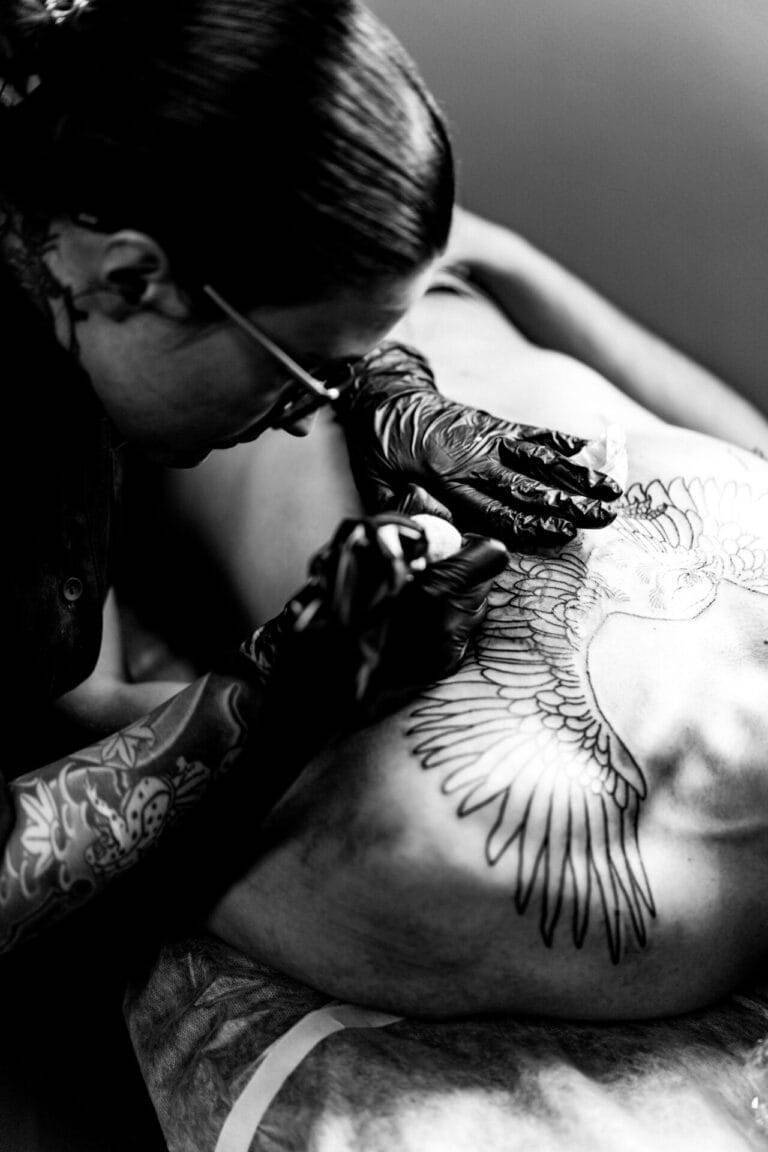
Tattooing is an ancient art form that has been practiced for thousands of years. From its origins in ancient cultures to its modern-day popularity, tattooing has evolved and transformed over time. Understanding the art and science behind tattooing is crucial for both tattoo artists and enthusiasts alike. In this article, we will explore the history of tattooing, how it has evolved over time, the anatomy of skin and its role in tattooing, the science behind tattoo ink and needles, the art of realism in tattoos, the role of technology in modern tattooing, the psychology of tattoos, the cultural significance of tattoos around the world, breaking down stereotypes surrounding tattoos, the future of tattooing, and the rise of temporary tattoos.
The Art of Tattooing: A Brief History
Tattooing has a rich history that dates back thousands of years. The origins of tattooing can be traced back to ancient civilizations such as Egypt, Greece, and China. In these cultures, tattoos held significant cultural and religious meanings. For example, in ancient Egypt, tattoos were used to symbolize social status and were often found on high-ranking individuals such as priests and pharaohs.
In ancient times, tattoos were also used as a form of identification. They were used to mark criminals or slaves as a form of punishment or ownership. However, tattoos were not limited to these purposes alone. They were also used for decorative purposes and as a way to express personal identity.
In modern times, tattooing has become a popular form of self-expression and art. Tattoo artists have pushed the boundaries of creativity and have developed new techniques and styles that have transformed the art form. Today, tattoos are seen as a form of body art that allows individuals to express their individuality and tell their own unique stories.
How Tattooing Has Evolved Over Time
Tattooing has undergone significant changes and advancements over time. One of the major advancements in tattooing has been the development of new technology and equipment. In the past, tattoo artists used primitive tools such as bone needles and natural pigments. Today, tattoo artists use modern tattoo machines that allow for more precise and detailed work. The introduction of electric tattoo machines revolutionized the industry and made it easier for artists to create intricate designs.
Along with advancements in technology, tattoo styles and designs have also evolved. In the past, traditional tattoos were characterized by bold lines and simple designs. However, with the rise of realism and other artistic styles, tattoo artists have been able to create more intricate and detailed tattoos. From portraits to landscapes, tattoos have become a canvas for artists to showcase their skills and creativity.
Furthermore, tattoos have gained popularity in mainstream culture. In the past, tattoos were often associated with subcultures such as bikers or sailors. However, today tattoos are embraced by people from all walks of life. Celebrities, athletes, and even professionals have tattoos, which has helped to normalize and popularize the art form.
The Anatomy of Skin: How It Affects Tattooing
Understanding the anatomy of the skin is crucial for tattoo artists to create successful tattoos. The skin is composed of three layers: the epidermis, dermis, and subcutaneous tissue. Each layer plays a role in the tattooing process.
The epidermis is the outermost layer of the skin and acts as a protective barrier. It is constantly shedding and regenerating cells, which can affect how a tattoo looks over time. Tattoo ink is injected into the dermis layer of the skin, which is located beneath the epidermis. The dermis is more stable than the epidermis and provides a more permanent canvas for tattoos.
Different skin types can also affect how a tattoo looks and heals. People with fair skin tend to have less melanin, which can make colors appear more vibrant. On the other hand, people with darker skin may require different techniques and ink colors to achieve the desired result.
Proper aftercare is essential for maintaining the quality and longevity of a tattoo. Tattoo artists often provide specific instructions on how to care for a new tattoo, including cleaning and moisturizing the area. Following these instructions can help prevent infection and ensure that the tattoo heals properly.
The Science of Tattooing: Understanding Ink and Needles
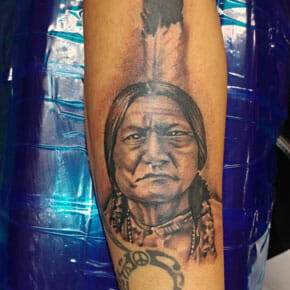
Tattoo ink is a crucial component of the tattooing process. There are different types of tattoo ink, each with its own properties and characteristics. Traditional tattoo inks are made from natural pigments such as carbon black or iron oxide. However, there are also synthetic inks available that offer a wider range of colors and effects.
Tattoo needles also play a significant role in the tattooing process. There are various types of tattoo needles, each designed for different purposes. Round needles are commonly used for lining and shading, while magnum needles are used for filling in larger areas. The size and configuration of the needles can affect the overall look and feel of a tattoo.
Sterilization and safety practices are essential in tattooing to prevent the spread of infections and diseases. Tattoo artists must follow strict guidelines when it comes to sterilizing their equipment and maintaining a clean working environment. This includes using disposable needles, sterilizing reusable equipment, and practicing proper hygiene.
The Role of Technology in Modern Tattooing
Technology has had a significant impact on the tattoo industry, both in the design process and in tattoo removal. Digital tools such as tablets and software have made it easier for tattoo artists to create and modify designs. Artists can now sketch their ideas digitally and make changes before transferring the design onto the skin.
Advancements in tattoo removal technology have also made it easier for people to remove unwanted tattoos. Laser tattoo removal is a popular method that uses laser technology to break down the ink particles in the skin. This allows the body to naturally eliminate the ink over time.
Technology has also influenced the way tattoos are perceived and accepted in society. Social media platforms have allowed tattoo artists to showcase their work to a wider audience, helping to break down stereotypes and change perceptions about tattoos. Additionally, online platforms have made it easier for people to find reputable tattoo artists and connect with others who share their passion for tattoos.
The Psychology of Tattoos: Why People Get Inked
People get tattoos for a variety of personal and emotional reasons. For some, tattoos are a form of self-expression and a way to showcase their individuality. Tattoos can represent important milestones or events in a person’s life, such as the birth of a child or the loss of a loved one.
Cultural and societal influences also play a role in why people get tattoos. In some cultures, tattoos are seen as a rite of passage or a way to honor one’s heritage. In other societies, tattoos may be associated with rebellion or counterculture movements.
Getting a tattoo can also have psychological effects on individuals. For some, tattoos can boost self-confidence and provide a sense of empowerment. Tattoos can also serve as a form of therapy or healing for individuals who have experienced trauma or loss.
The Cultural Significance of Tattoos Around the World
Tattoos hold different cultural meanings and symbolism in various parts of the world. In Polynesian cultures, tattoos known as “tatau” are seen as a sign of strength and identity. These intricate tattoos often cover large areas of the body and are created using traditional hand-tapping techniques.
In Japan, tattoos have a long history and are associated with the Yakuza, a Japanese organized crime syndicate. Traditional Japanese tattoos, known as “irezumi,” often depict mythical creatures and folklore. However, in recent years, there has been a shift in attitudes towards tattoos in Japan, and they are becoming more accepted in mainstream society.
In Native American cultures, tattoos are seen as a way to connect with one’s ancestors and spiritual beliefs. Tattoos often depict symbols and animals that hold significant meaning within the culture.
It is important to respect the cultural significance of tattoos when getting inked. Appropriating or misrepresenting cultural symbols can be offensive and disrespectful. Tattoo artists should be knowledgeable about different cultural practices and symbols to ensure that they are creating tattoos that are respectful and accurate.
The Taboo of Tattoos: Breaking Down Stereotypes
Despite the growing acceptance of tattoos in mainstream culture, there are still negative stereotypes surrounding tattoos. Some people may associate tattoos with criminal behavior or view them as unprofessional in certain settings.
Efforts have been made to break down these stereotypes and change perceptions about tattoos. Organizations such as the National Tattoo Association promote education and awareness about tattooing as a legitimate art form. Tattoo artists and enthusiasts have also used social media platforms to showcase their work and challenge stereotypes.
Acceptance and inclusivity are important in the tattoo community. Everyone should feel welcome and respected, regardless of their appearance or the tattoos they choose to get. Tattoo artists have a responsibility to create a safe and inclusive environment for their clients, free from judgment or discrimination.
The Future of Tattooing: Where the Industry is Headed
The tattoo industry is constantly evolving, and there are several predictions for its future. One potential advancement is the use of biotechnology in tattooing. Scientists are exploring the possibility of creating tattoos that can change color or respond to changes in the body, such as changes in blood sugar levels.
Advancements in technology may also lead to new techniques and tools for tattooing. 3D printing technology could potentially be used to create custom tattoo machines or even implant tattoos directly into the skin.
As the tattoo industry continues to grow, it is important for artists to adapt to changes and stay up-to-date with the latest trends and techniques. Continuing education and professional development are crucial for tattoo artists to remain competitive in the industry.
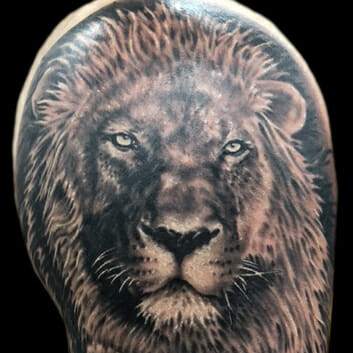
The Beauty of Impermanence: Exploring the Temporary Tattoo Trend
In recent years, temporary tattoos have gained popularity as an alternative to permanent tattoos. Temporary tattoos offer a variety of benefits over permanent tattoos. They allow individuals to experiment with different designs and placements without the commitment of a permanent tattoo. Temporary tattoos are also a great option for those who may not be able to get a permanent tattoo due to personal or professional reasons.
Temporary tattoos come in various forms, including water transfer tattoos, henna tattoos, and airbrush tattoos. These temporary options can last anywhere from a few days to a few weeks, depending on the type of tattoo and how well it is cared for.
There are many talented artists who specialize in creating temporary tattoos. Some artists use henna, a natural dye made from the henna plant, to create intricate and beautiful designs. Other artists use airbrush techniques to create realistic and detailed temporary tattoos.
Understanding the art and science of tattooing is crucial for both tattoo artists and enthusiasts. Tattooing has a rich history that dates back thousands of years, and it has evolved and transformed over time. Advancements in technology and equipment have revolutionized the industry, allowing for more precise and detailed work. Tattoo styles and designs have also evolved, with realism tattoos gaining popularity in recent years.
The anatomy of the skin plays a significant role in tattooing, as different layers and skin types can affect how a tattoo looks and heals. The science behind tattoo ink and needles is also important to understand, as different types of ink and needles have different properties and uses.
Tattoos hold personal, emotional, and cultural significance for many individuals around the world. They can be a form of self-expression, a way to honor one’s heritage, or a means of healing. It is important to respect the cultural significance of tattoos and to challenge stereotypes surrounding them.
The future of tattooing holds many possibilities, from advancements in technology to new techniques and tools. As the industry continues to evolve, it is important for tattoo artists to adapt to changes and stay informed about the latest trends and practices.
Whether permanent or temporary, tattoos have become a powerful form of art that allows individuals to express themselves and tell their own unique stories. Understanding the art and science behind tattooing is essential for appreciating its beauty and cultural significance.

